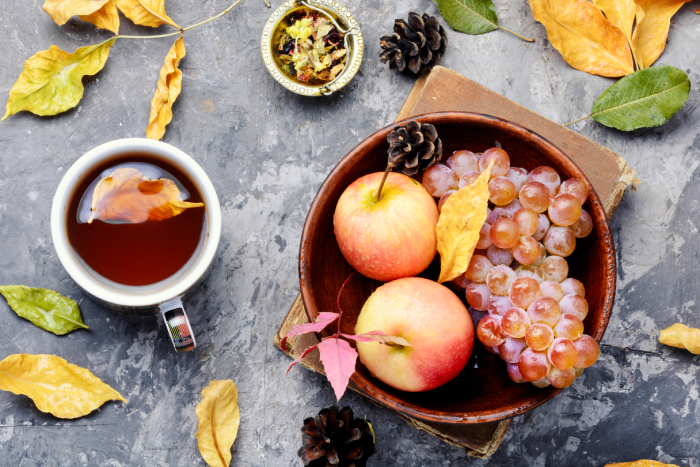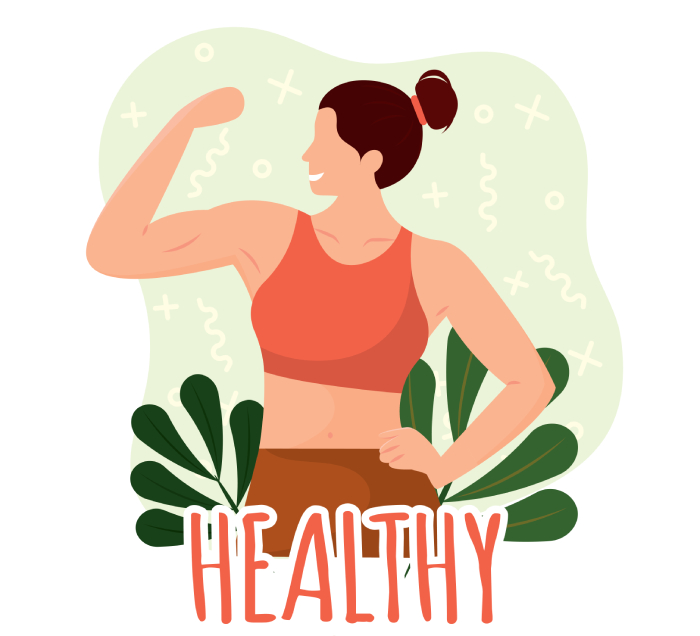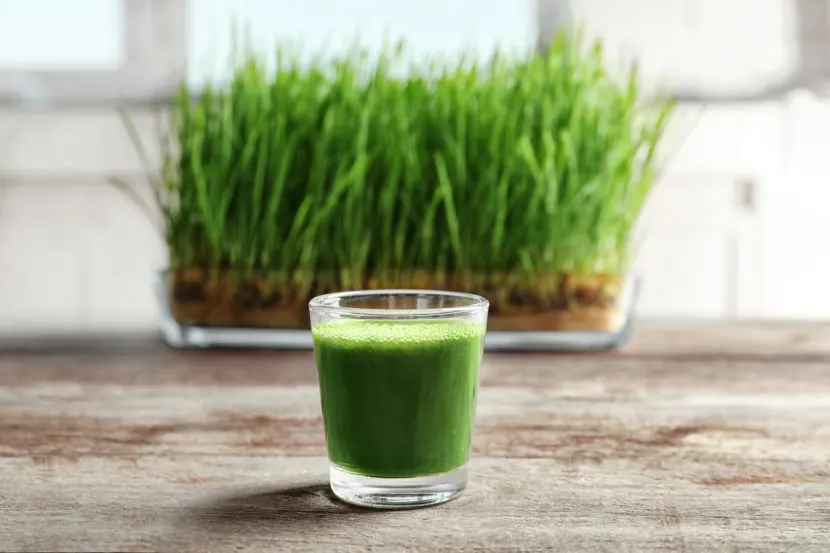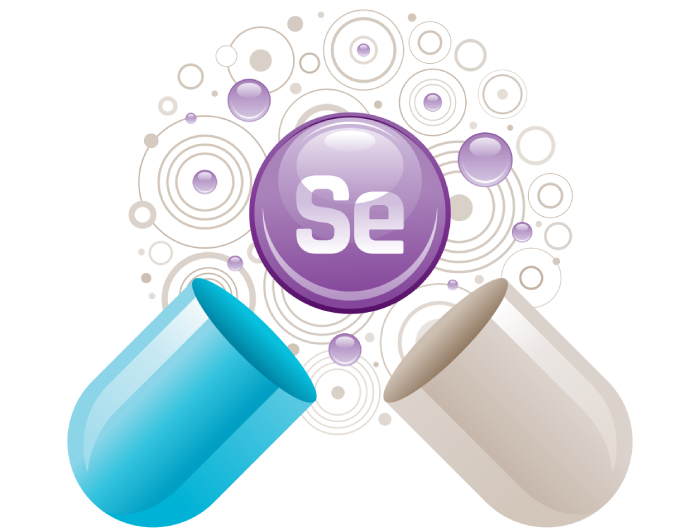Hey there, health enthusiasts! Buckle up, because we’re about to dive deep into the world of procyanidin – the superhero ingredient you never knew you needed in your life. Trust me, by the end of this article, you’ll be wondering how you ever lived without this magical compound. So, grab your favorite healthy snack, and let’s get this party started!
What in the World is Procyanidin?
Alright, let’s start with the basics. This isn’t some fancy new gadget or the latest TikTok dance craze. It’s actually a group of powerful plant compounds that belong to the flavonoid family. Think of procyanidins as the cool cousins of antioxidants – they’re here to protect your body and make you feel like a million bucks.
But wait, there’s more! It comes in different forms, like A, B, and C. It’s like a health alphabet soup, and each letter packs its own punch. You’ve got A1, A2, B1, B2, B3, B4, B5, and C1 – it’s enough to make your head spin! But don’t worry, we’ll break down these oligomeric procyanidins in a way that’s easier to digest than your grandma’s fruit cake.
Where Can You Find This Compound?
Now, you might be thinking, “Great, another health thing I need to buy in some overpriced supplement store.” But hold your horses! They are actually found in a variety of everyday foods. Mother Nature’s got your back on this one.

Procyanidin-rich foods include:
- Apples (especially the skin – so stop peeling them, you monster!)
- Grapes (red wine, anyone? For health purposes, of course)
- Berries (blueberries, cranberries, and strawberries – oh my!)
- Cocoa (finally, a reason to eat more chocolate!)
- Green tea (swap your afternoon coffee for this procyanidin powerhouse)
- Nuts (almonds and pecans are particularly good sources)
So, next time you’re at the grocery store, load up on these goodies. Your body will thank you, and your taste buds won’t even know they’re being healthy!
The Health Benefits That’ll Make You Go “Wow!”
Okay, now for the juicy part – what can these compounds actually do for you? Brace yourself, because this list of benefits is longer than the line at Starbucks on a Monday morning.

- Heart Health Hero: They are like tiny personal trainers for your heart. They help keep your blood vessels flexible and your blood pressure in check. It’s like yoga for your cardiovascular system!
- Cancer-Fighting Crusader: While we can’t claim it’s a miracle cure, studies suggest that they may help in the fight against cancer. They’re like the Navy SEALs of your cellular defense system.
- Brain Boost Buddy: Feeling a bit foggy? They might help sharpen your mental acuity. It’s like a natural energy drink for your neurons!
- Skin Savior: Want to glow like you just got back from a tropical vacation? They can help protect your skin from UV damage and may even reduce the appearance of wrinkles. Move over, expensive creams!
- Inflammation Inhibitor: These compounds are anti-inflammatory superheroes. They’re like the peacekeepers of your body, calming down overactive immune responses.
- Blood Sugar Balancer: These compounds might help regulate your blood sugar levels. It’s like having a personal assistant for your pancreas!
- Hair Growth Helper: Struggling with thinning hair? Procyanidin for hair growth is becoming a hot topic. It’s like fertilizer for your follicles!
- Melasma Mitigator: Some people swear by procyanidin for melasma. It’s like having a magic eraser for those pesky dark patches on your skin.
The Science Behind this Compound’s Magic
Now, I know what you’re thinking – “This sounds too good to be true!” But hold onto your lab coats, because we’re about to get scientific up in here.
Numerous studies have investigated its health benefits. For example, a study published in the Journal of Nutritional Biochemistry found that its B2 form may help prevent obesity and diabetes. Another study in the International Journal of Molecular Sciences suggested that oligomeric procyanidins could have potential anti-cancer properties.
But what about its C1 form, you ask? Well, research in the Journal of Agricultural and Food Chemistry indicated that the C1 form might have potent antioxidant activities. It’s like having a personal bodyguard for your cells!
How to Get Your Procyanidin Fix
So, you’re convinced that they are the bee’s knees, but how do you make sure you’re getting enough? Here are some tips:
- Eat the Rainbow: Load up on colorful fruits and veggies. The more vibrant, the better!
- Go Nuts: Snack on almonds, pecans, and other nuts for a boost.
- Sip Some Tea: Switch out your afternoon coffee for a cup of green tea.
- Dark Chocolate Delight: Indulge in some dark chocolate (at least 70% cocoa) for a delicious dose of this compound.
- Consider a Supplement: If you’re struggling to get enough from food, a procyanidin supplement might be worth considering. But always chat with your doc first!
The Potential Downsides (Because Nothing’s Perfect)
Alright, let’s keep it real for a second. While they are generally considered safe, there can be some procyanidin side effects to watch out for:
- Tummy Troubles: Some people might experience digestive issues when consuming large amounts of foods or supplements rich in this ingredient.
- Medication Interactions: These compounds can interact with certain medications, particularly blood thinners. Always check with your healthcare provider before starting any new supplement regimen.
- Allergies: If you’re allergic to any procyanidin-rich foods, obviously steer clear of those.
- Overconsumption: As with anything, moderation is key. Don’t go overboard thinking more is always better.
FAQs: Everything You Wanted to Know (But Were Afraid to Ask)
Q: How does this compound work in the body?
A: It acts as antioxidant, helping to neutralize harmful free radicals and reduce inflammation throughout the body.
Q: Is it the same as proanthocyanidin?
A: Good catch! While they’re related, procyanidins are a specific type of proanthocyanidin. It’s like squares and rectangles – all procyanidins are proanthocyanidins, but not all proanthocyanidins are procyanidins.
Q: How can I increase my procyanidin intake?
A: Easy peasy! Eat more foods like colorful fruits and veggies, sip on green tea, munch on nuts, and treat yourself to some dark chocolate.
Q: Is there a recommended daily intake for this compound?
A: Currently, there’s no official recommended daily intake. However, aiming to include a variety of foods in your diet is a great start.
Q: Can it help with weight loss?
A: While not a magic bullet, some studies suggest that it might help support healthy weight management as part of a balanced diet and exercise routine.
Q: What’s the deal with its B2 form?
A: Procyanidin B2 is one of the most studied forms of procyanidin. It’s found in high concentrations in cocoa and has been linked to various health benefits, including improved cardiovascular health and potential anti-diabetic effects.
Q: Are there any specific benefits for hair growth?
A: Yes. Some studies suggest that the B2 form, in particular, may help stimulate hair growth and improve hair thickness. It’s thought to work by promoting the anagen (growth) phase of the hair cycle.
Q: How does this help with melasma?
A: Some research indicates that procyanidins may help reduce hyperpigmentation by inhibiting tyrosinase, an enzyme involved in melanin production. However, more studies are needed to fully understand its effectiveness.
Q: What are oligomeric procyanidins?
A: These are chains of procyanidin molecules. These larger structures are found in many of the same foods as individual procyanidins and may have unique health benefits of their own.
The Procyanidin Breakdown: A to C

Procyanidin A: The Overachiever
Procyanidin A1 and procyanidin A2 are like the valedictorians of their world. They’re found in high concentrations in foods like cranberries and cinnamon. These compounds have been linked to urinary tract health and may help fight off bacterial infections.
Procyanidin B: The Popular Kid
The B family is the most well-studied of the bunch. We’ve got B1, B2, B3, B4, and B5. Each has its own unique properties, but they all share a common theme: they’re awesome for your health.
– Procyanidin B1: Found in high amounts in grape seeds and red wine. Cheers to that!
– Procyanidin B2: The superstar of the bunch, found in cocoa and apples. It’s been linked to everything from heart health to hair growth.
– Procyanidin B3: Another grape seed extract favorite, known for its antioxidant properties.
– Procyanidin B4 and B5: These lesser-known siblings are still being studied, but early research suggests they pack a punch in the antioxidant department too.
Procyanidin C: The Mystery Sibling
Procyanidin C1 is like the mysterious new kid in school. We don’t know as much about it, but what we do know is intriguing. It’s found in foods like black chokeberry and has shown promise in antioxidant and anti-inflammatory studies.
How to Maximize Your Intake
Now that you’re a pro, let’s talk about how to get more of these wonder compounds into your diet. Here are some tips to boost your game:
- Apple a Day: Snack on apples with the skin on. The skin is where most of the goodness hides.
- Berry Bonanza: Mix up a berry smoothie or top your yogurt with a variety of berries for a punch.
- Go Nuts: Keep a mix of almonds, pecans, and hazelnuts on hand for a procyanidin-rich snack.
- Tea Time: Switch up your beverage routine with green tea or even a procyanidin-rich herbal tea like hawthorn berry tea.
- Dark Chocolate Delight: Indulge in a square of dark chocolate (70% cocoa or higher) for a tasty boost.
- Red Wine (in Moderation): If you enjoy the occasional glass of red wine, you’re getting a dose of procyanidins. Just remember, moderation is key!
- Spice It Up: Add cinnamon to your oatmeal or sprinkle it on your coffee for an extra kick.
The Future of Procyanidin Research
The world of procyanidin research is buzzing with excitement. Scientists are exploring new potential benefits and applications for these powerful compounds. Here are some areas to keep an eye on:
- Procyanidin and Gut Health: Emerging research suggests that this ingredient may play a role in supporting a healthy gut microbiome.
- Procyanidin and Exercise Performance: Some studies are looking at how this compound might help improve athletic performance and recovery.
- Procyanidin and Cognitive Health: Researchers are investigating whether it could help protect against age-related cognitive decline.
- Procyanidin and Skin Health: Beyond melasma, scientists are exploring how it might benefit overall skin health and appearance.
- Procyanidin Supplements: As interest in this compound grows, we may see more targeted supplements hitting the market.
Procyanidin: Your New Best Friend
In conclusion, it is like that overachieving friend who’s good at everything. From heart health to hair growth, from fighting inflammation to potentially battling cancer, they are working overtime to keep you healthy.
Whether you’re munching on an apple, sipping some green tea, or indulging in a bit of dark chocolate, you’re giving your body a dose of its goodness. And with ongoing research, we’re likely to discover even more benefits of these amazing compounds in the future.
So, the next time someone asks you, “What is this compound?” you can wow them with your newfound knowledge. Just remember, while they are fantastic, they’re not a magic bullet. They work best as part of a balanced, healthy lifestyle.
Now, if you’ll excuse me, I’m off to make a procyanidin-packed smoothie and bask in the glow of all this antioxidant awesomeness. Who’s with me?



